Unleash Creativity: Direct-to-Film (DTF) for Hobbyists and Artisans
Direct-to-film (DTF) printing is a user-friendly method for hobbyists and artisans to create high-qu…….
In the realm of crafting, innovation knows no bounds, and one such groundbreaking concept that has captured the attention of artists and entrepreneurs alike is DTF (Direct-to-Film) transfers. This cutting-edge technology promises to revolutionize the way crafters create and sell their unique designs, offering unparalleled customization and efficiency. In this comprehensive guide, we will take you on a journey through the world of DTF transfers, exploring its various aspects, impact, and potential for shaping the future of crafting. Prepare to discover how this innovative process is empowering creators and reshaping the creative landscape.
Definition: DTF transfers, short for Direct-to-Film transfers, is a printing technology that enables crafters to create intricate designs and patterns directly onto various materials using a film-based process. This method allows for the reproduction of complex artwork with exceptional precision and detail.
Core Components:
Historical Context: The roots of DTF printing can be traced back to traditional photogravure techniques used in the early 20th century. However, significant advancements were made in the late 1990s and early 2000s with the development of digital design software and more efficient exposure units. These innovations brought DTF transfers into the realm of modern crafting, making them accessible to a wider audience.
Significance: DTF transfers have revolutionized crafting by offering several key advantages:
International Influence: DTF transfers have gained global recognition and adoption due to their ability to democratize design and manufacturing. Crafters from various countries are embracing this technology, fostering a vibrant international community of creators. Online platforms and social media play a significant role in sharing knowledge, promoting designs, and facilitating cross-border sales.
Regional Trends:
| Region | Key Trends |
|---|---|
| North America | The U.S. and Canada lead in DTF transfer adoption, with a strong focus on personalized clothing and home decor. Crafters here are known for their intricate designs and high-quality prints. |
| Europe | European crafters are renowned for their traditional art forms, and DTF transfers have enabled them to incorporate these into modern designs. The market is characterized by a blend of classic and contemporary styles. |
| Asia | Asian countries like China and Japan have experienced rapid growth in DTF transfers, driven by a vibrant street art scene and a passion for custom-made products. |
| Emerging Markets | Countries in Latin America, Africa, and Southeast Asia are witnessing increasing interest in DTF transfers, with local crafters incorporating traditional motifs into modern designs. |
Market Dynamics: The global DTF transfer market is experiencing steady growth, driven by the rising demand for personalized products and the growing popularity of crafting as a hobby and business venture. According to a 2022 report by Market Research Future (MRFR), the market size was valued at USD 547.8 million in 2021 and is projected to reach USD 823.6 million by 2028, growing at a CAGR of 7.2% during the forecast period.
Investment Patterns: Crafters and small businesses are increasingly investing in DTF transfer equipment due to their potential for high returns. Many entrepreneurs are leveraging this technology to establish unique brand identities and tap into niche markets.
Economic Impact:
Design Creation: Crafters start by conceptualizing their design using graphic design software. They can create original artwork or modify existing designs to suit their vision.
Film Preparation: The chosen design is prepared as a film, ensuring it meets the technical requirements for exposure and printing. This step involves careful setting of parameters like resolution and color profiles.
Exposure and Development: The print film is exposed to light using an exposure unit, creating a negative image of the design. The film is then developed, hardening the emulsion and making the design ready for transfer.
Printing: The prepared film is placed on top of the substrate, and pressure is applied using a printing press or roller. This transfers the design onto the material, resulting in a precise and detailed print.
Post-Processing: Depending on the substrate, additional steps may be required, such as curing the ink (for fabric) or cleaning and polishing (for ceramics).
Advantages:
Challenges:
DTF transfers excel on a diverse range of materials, each offering distinct creative possibilities:
Eco-Friendly Fashion Brand: Nature’s Wardrobe is an online fashion brand that specializes in sustainable clothing. They utilize DTF transfers to print intricate plant and animal designs directly onto organic cotton t-shirts, attracting a dedicated customer base that appreciates both style and environmental consciousness.
Custom Home Decor Business: HomeSweetDesigns offers personalized home decor items, from throw pillows to wall art. Using DTF transfers, they create custom prints for clients, ensuring each piece is unique and reflects their individual style.
Artistic Collaboration: A local artist collaborated with a craft store to create limited-edition ceramic tiles featuring their original paintings. The DTF transfer process allowed them to reproduce the artwork on high-quality ceramics, offering fans and collectors exclusive pieces.
The future of DTF transfers looks bright, with ongoing innovations pushing the boundaries of what’s possible:
DTF transfers have revolutionized the way crafters approach their art, offering unparalleled quality, customizability, and scalability. While initial investments and learning curves exist, the technology empowers entrepreneurs and artisans to bring their creative visions to life. As the field continues to evolve, we can expect even more exciting possibilities, making DTF transfers an indispensable tool in the modern crafting landscape.
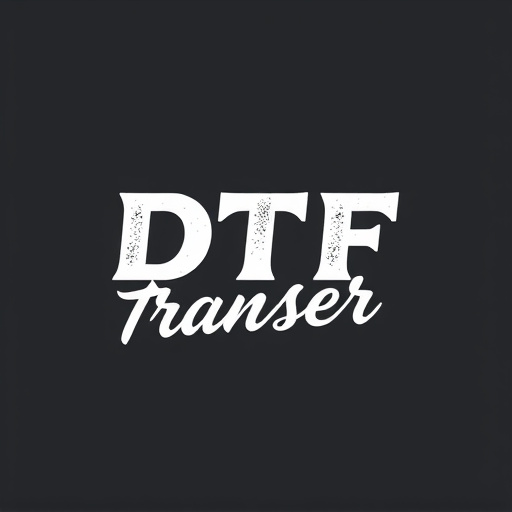
Direct-to-film (DTF) printing is a user-friendly method for hobbyists and artisans to create high-qu…….
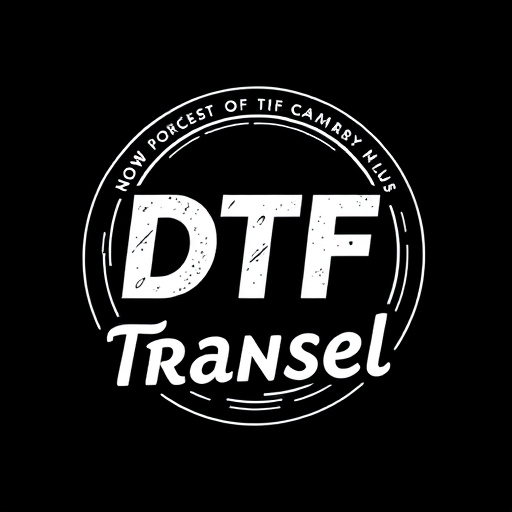
Direct-to-film (DTF) transfer printing is a modern method allowing users to directly print intricate…….
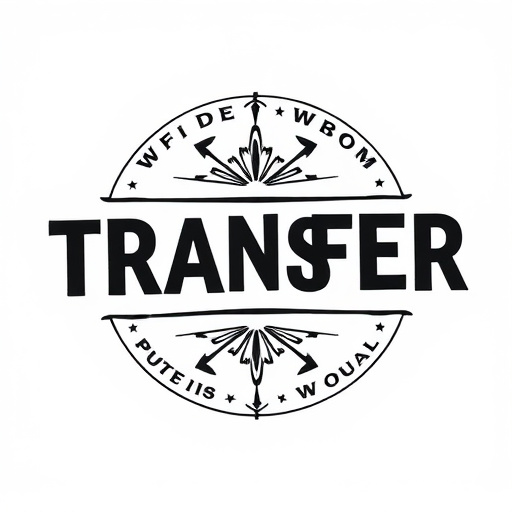
Direct-to-film (DTF) technologies democratize intricate design creation for hobbyists and artisans……..
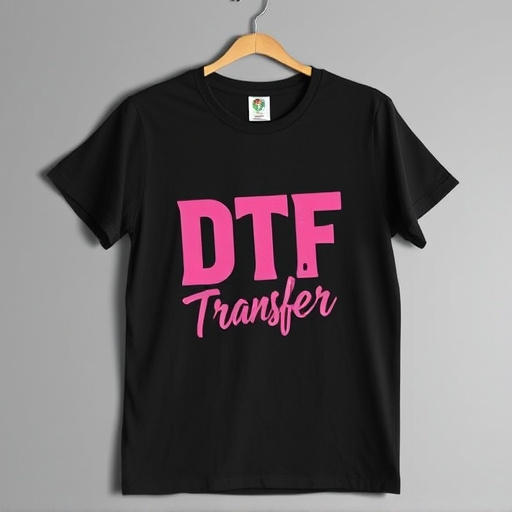
Direct-to-film (DTF) printing is a user-friendly method allowing hobbyists and artisans to create hi…….
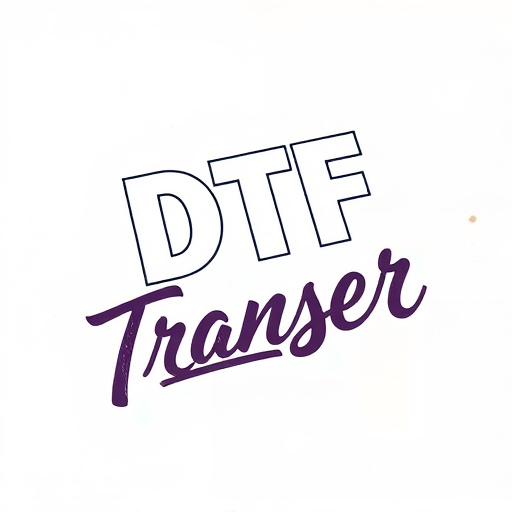
Direct-to-film (DTF) transfer is a user-friendly technology that allows individuals to transform the…….

DTF (Direct-to-Film) printing is an accessible, versatile technology that lets hobbyists and artisan…….
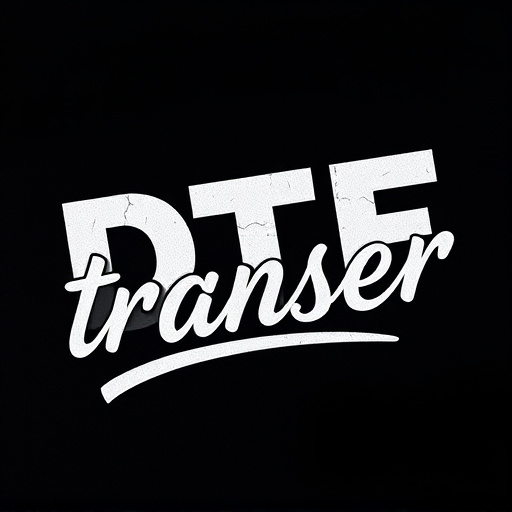
DTF (Direct-to-Film) printing empowers hobbyists and artisans to swiftly bring their creative design…….
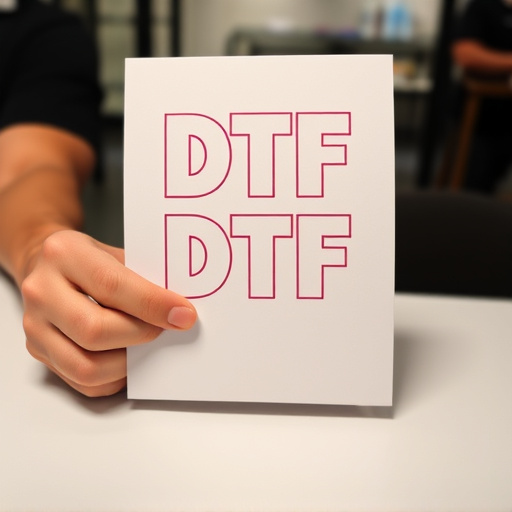
Direct-to-film (DTF) printing democratizes art creation by enabling hobbyists to print vibrant, last…….
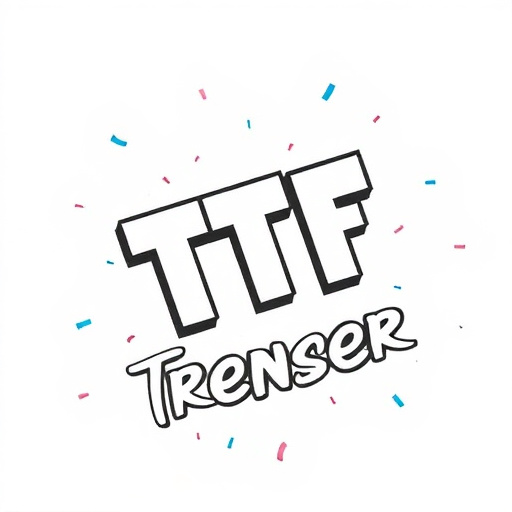
Direct-to-film (DTF) printing is a game-changing technology for hobbyists and artisans, simplifying…….
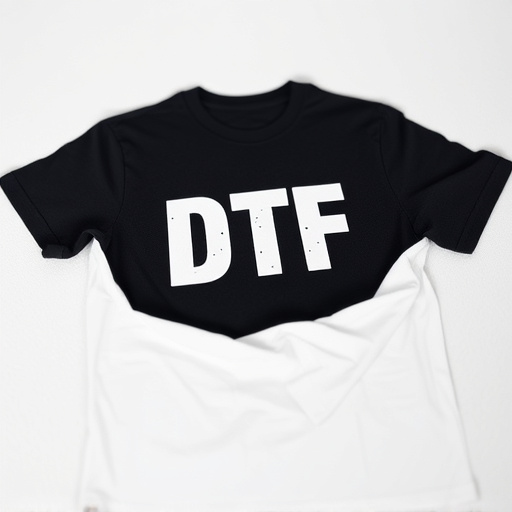
Direct-to-film (DTF) technologies empower hobbyists and artisans to create intricate designs on vari…….